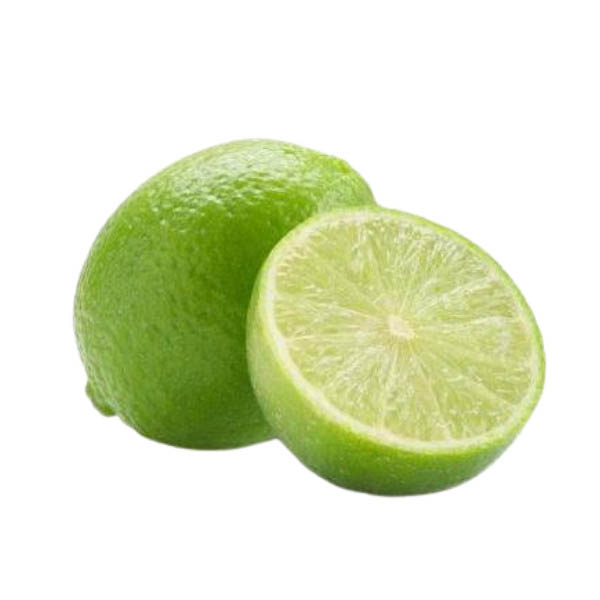Description
Moneragala, Badulla, Anuradhapura, Kurunegala and Kandy districts.
Originally from Southeast Asia and then introduced to parts of Egypt and Africa by Arabian traders
Varies in taste from acidic to puckering and zesty depending on the cultivar. Raw lime juice will overwhelm taste buds with a sharp, refreshing citrusy flavour.
The acidic property of lime Increases body immunity, enhances wound healing, protects teeth and gums, increases appetite, stimulates digestion and lessens constipation. Lime also plays a significant role in treating common cold, tonsils, gout, cystitis, insect bites (as a local application) and obesity. The fruit is also useful as an antiseptic.
Limes predate lemons, whic are a hybrid between citron and lime. While European cuisines feature lemons, Asian cuisines showcase lime. Have you ever been called a ‘Limey’? This North American derogatory nickname was aimed at British sailors, the reason being they were fed limes to protect them from diseases like Scurvy (Limes are rich in Vitamin C).
Forget lemonade. Try chilled limeade! Add lime juice, water and sugar. Lime also works great with margaritas, daiquiris, sangria, and mojitos! Lime juice balances the acidity and fat in any curry and fry and reduces the sweetness of a dish with too much sugar. Lime is the base for many salad dressings and the leaves add flavour to many curries. Prepare a tasty key lime pie for your family. Make a filling of blended butterfruit (an adequate substitute is a mix of coconut oil, ground cashew powder, and silken tofu), coconut oil, lime juice, arrowroot powder, lime zest, jaggery, and coconut milk.


